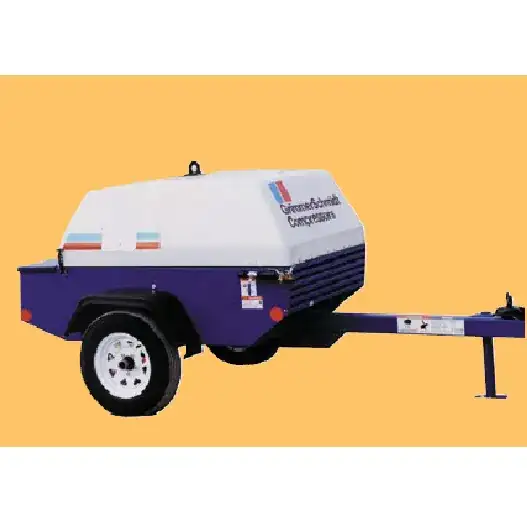Here's a variation that I've thought about at great lengths. Even doing some of the preliminary math.
IC engines don't need air. They need oxygen. So... eliminate the valvetrain entirely, and have two sets of injectors: One for liquid hydrocarbons, and one for liquid oxygen.
Granted, I'm not considering the expense or safety issues in this brainstorm (I rarely do.) I also have not really found a piezo or solenoid type injector, or even a HPOP diesel type, that would operate at the frequency and pulse widths needed at the LOx temperature around -300 degrees F, with crank RPM in the 7000 range.
However, there's more to it than valve train elimination. Imagine the adiabatic cooling from LOx returning to a gas in the combustion chamber. I am confident with the right crank, rod, and piston materials, you could safely run 15:1 or 20:1 compression, and have a wonderful emissions profile as well. The head would be reduced to nothing more than a thick durable injection plate... no moving parts. Exhaust could be handled by a two-stroke or wankel style "reveal" port, with a modified Atkinson cycle with a longer exhaust stroke.
This is a very long way from reality (much like myself), but I do think it illustrates a practical variation on the OP's concept. Compressing the air in order to inject it through a very small orifice would likely cost more power than the gains realized. But a tank of liquid oxygen already has the "work" put into it, is reasonably mobile/portable, and has that huge added cooling effect -- perhaps so dramatic as to scale back or virtually eliminate a water/glycol cooling system.
I'll be taking volunteers in a decade or so for Official Test Pilots. The glory will be yours. cuz no way am I gonna ride in it...
